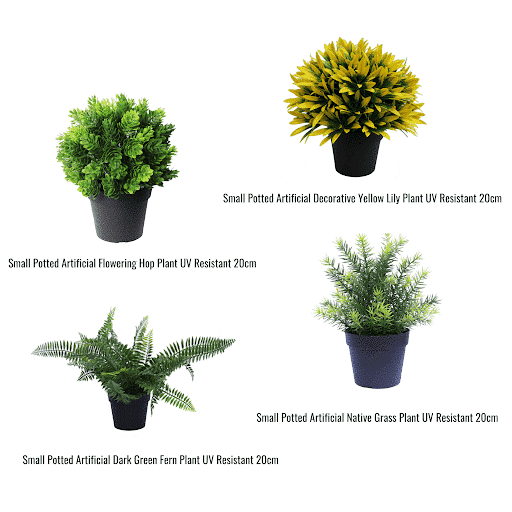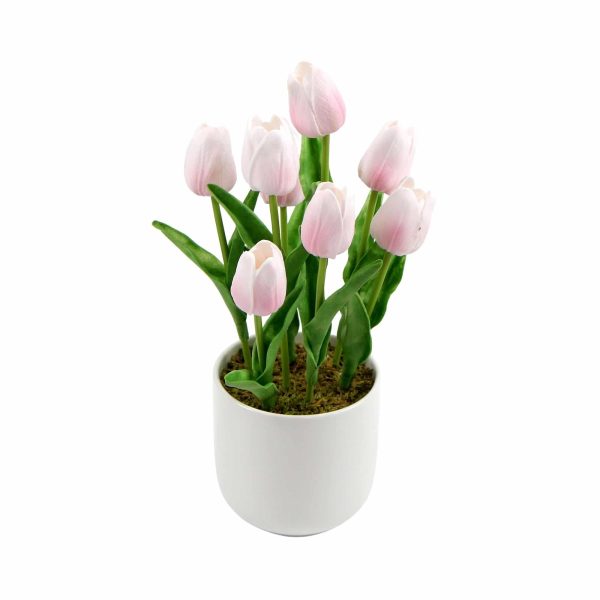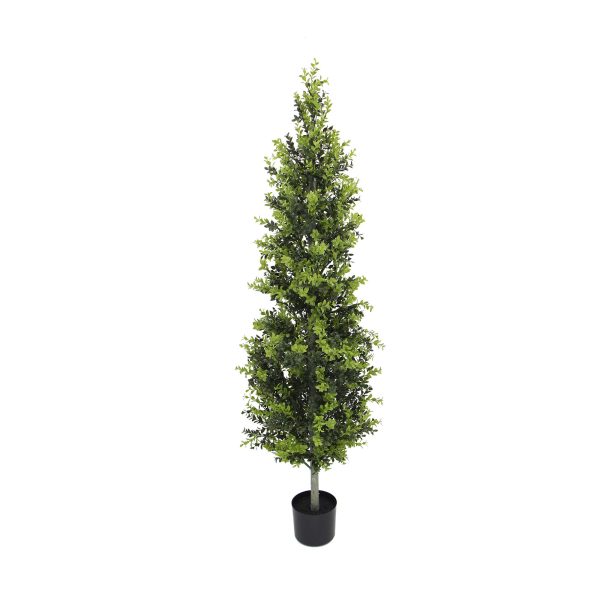Earth Friendly Artificial Hedges

When you purchase a car, baby toy or even your pet’s food, you expect some level of testing has been done to ensure you and your loved ones are safe.
There are many competitors out there selling artificial hedge and garden products which contain toxic chemicals. These chemicals can be harmful to your health and safety.
By purchasing Designer Plants earth friendly artificial hedges you can be sure of the quality and safety assurances we promise and deliver to you every day.
Our hedges are ROHS compliant; this means:
- No Lead
- No Mercury
- No Boric Acid
- No Heavy Metals in plastic
- No Cadmium
- No Hexavalent Chromium
- No Polybrominated Biphenyls
- No Polybrominated diphenyether
Carbon Footprint Comparison with Living Walls
It costs a lot to set up a living vertical garden, and we don’t just mean financially. Living vertical gardens have environmental costs too. If you are curious about the carbon emissions for living vertical gardens, make sure to read on!
The best way to think about this is to consider the carbon emissions of each element involved in setting up a living vertical garden.
Living Vertical Garden Footprint:
- Stainless steel frame – 24kg per square metre
- Transport of steel and packaging – 4kg
- Plastic Pots for vertical garden – 20kg
- Plastic piping for irrigation – 5.2kg
- Soil for plants – 2.6kg per square metre per year
- Fertiliser – 350grams per square metre per year
- Crushed gravel (if needed) – 4.8 grams of carbon per kilo, per year
- Watering vertical garden – Around 1.5kg per year
For example, you will need a steel frame. This usually consists of 4 metal strips per square metre to run top to bottom to allow for the pots to be attached. Manufacturing stainless steel emits 6.15kg of carbon emissions per kilogram, so a steel frame for a living vertical garden will generate about 24kg of carbon emissions. You should also consider the transportation costs for steel, which includes overseas and inland transport, as well as packaging costs – this adds about 4kg of carbon emissions to the production process.
Once your steel frame is set up, you will need quite a lot of plastic to continue with building your living vertical garden. First you need plastic pots in which to place your plants. These pots typically use 6-8kg of plastic, and each kilogram of plastic emits 2.7kg of carbon, which means that approximately 20kg of carbon is emitted in manufacturing the plastic pots in a living vertical garden.
In addition to this, you will also need plastic pipes for irrigation. You’ll need roughly 2kg of plastic piping, which makes up about 5.2kg of carbon emissions.
Now that the base is set up, you’ll also need soil for your plants. Soil produces approximately 2.6kg of carbon per square metre each year, and you will need 10 litres of soil per square metre.
In order to keep your plants healthy, you will need to use fertiliser. The carbon emissions for fertiliser is around 350gram per square metre, and you will need to use approximately 250 grams of fertiliser per year. In addition, some plants or areas may require certain insecticides or fungicides, which would add to this footprint.
Crushed rock or gravel is often used to assist with drainage in the base of each pot on the wall, with about 2kg of crushed rock per square metre of a living green wall. At 4.8 grams of carbon emissions per year for every kilo, that’s around 10 grams of carbon emissions per square metres.
Obviously, to keep a living garden healthy and happy, it will need a lot of watering. On average, the carbon emission factor to use this water is about 0.32 per cubic metre. A living vertical garden requires an average of 3 to 5 cubic metres of water annually, which results in approximately 1.5kg of carbon emissions per year.
As hard as you try, some plants in a living vertical garden will die, with most green walls requiring replacement of at least 25% of their plants every year. Establishing new plants will require more plastic pots, soil replacement, and fertiliser, and with that comes even more carbon emissions. It’s worth noting living plants also absorb carbon dioxide, but a recent study suggests that the amount of C02 the plants release may be up to 30 per cent more.
All in all, the total production of carbon to start a living vertical garden – excluding the environmental costs of transport, packaging, fertiliser, and replacement plants and plant pots – is approximately 55kg per square metre.
Regardless of which vertical garden you choose to install, it’s important to recognise that all vertical gardens systems and installation approaches will impact the exact carbon outcomes. Consider your personal, lifestyle, and financial factors when making a decision for you.
Living Vertical Garden Footprint:
- Average 5.2kg per square metre
At Designer Plants, we are always doing our best to ensure that our artificial vertical gardens are earth-friendly. Artificial vertical gardens produce much less carbon emissions by comparison – our artificial vertical gardens have carbon emissions varying from 5.2kg per square metres for the 2kg Photinia, to 10kg per square metres for the 3.5kg White Oasis.
This means that our artificial vertical gardens emit only 20% of the overall emissions for a living vertical garden!
Also, bear in mind that an artificial vertical garden has no ongoing emissions coming from maintenance, including watering, fertilising, and soil replacement – artificial vertical gardens essentially only emit carbon emissions during manufacturing, transportation, and setup.
Designer Plants
Protect your kids, pets, visitors and even business with earth friendly artificial hedges you can rely on without harm. Safety is important, and our claims have been independently tested. View our reports below.
Go green today!
-
UV Treated 20cm Small Potted Plants Bundle
$45.00 Inc GST Add to cart -
SAVE 17%
Flowering Pink Artificial Tulip Plant Arrangement With Ceramic Bowl 35cm
Original price was: $59.95.$49.95Current price is: $49.95. Inc GST Add to cart -
SAVE 20%
Artificial Potted Topiary Tree UV Resistant 150cm
Original price was: $249.95.$199.95Current price is: $199.95. Inc GST Add to cart






















